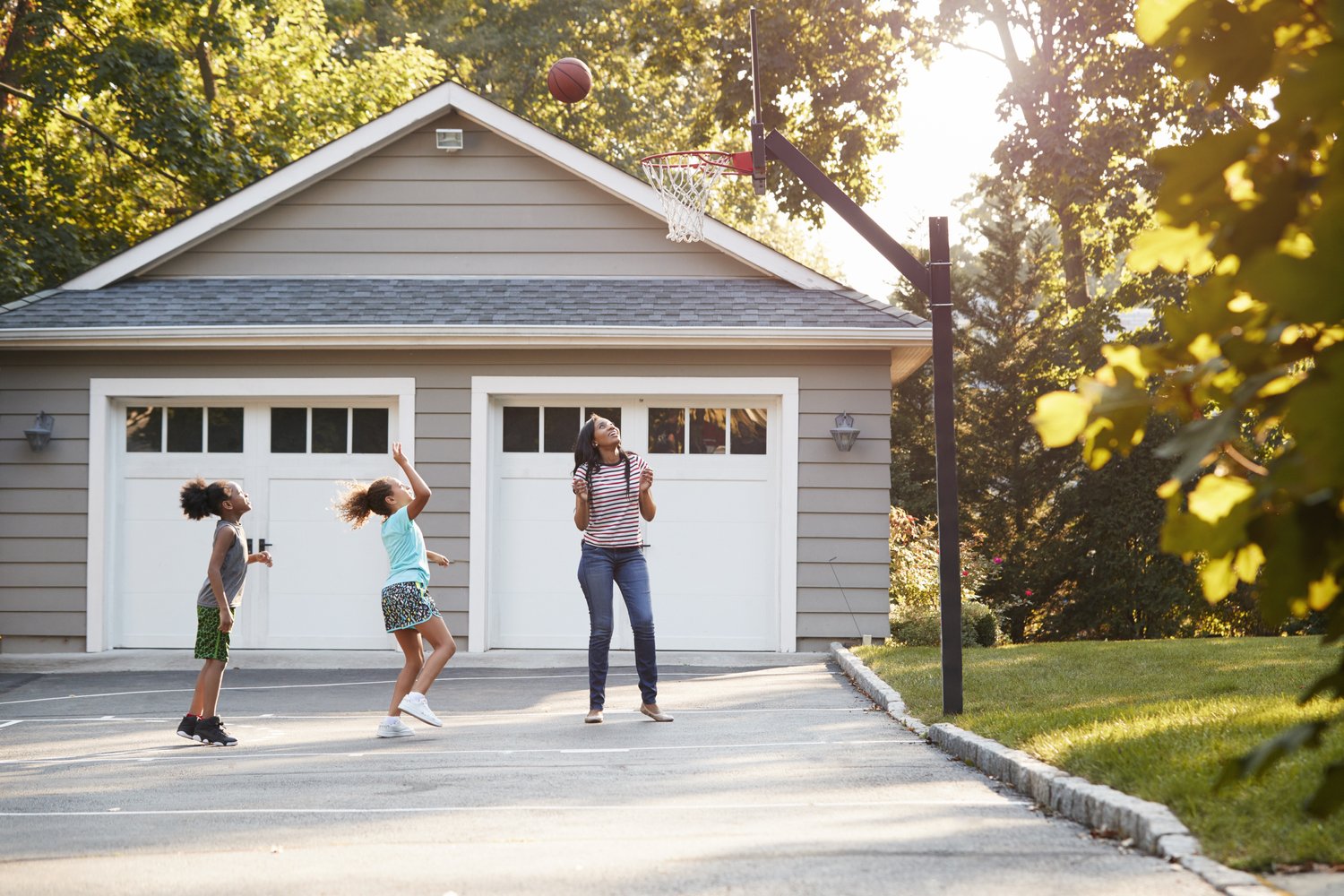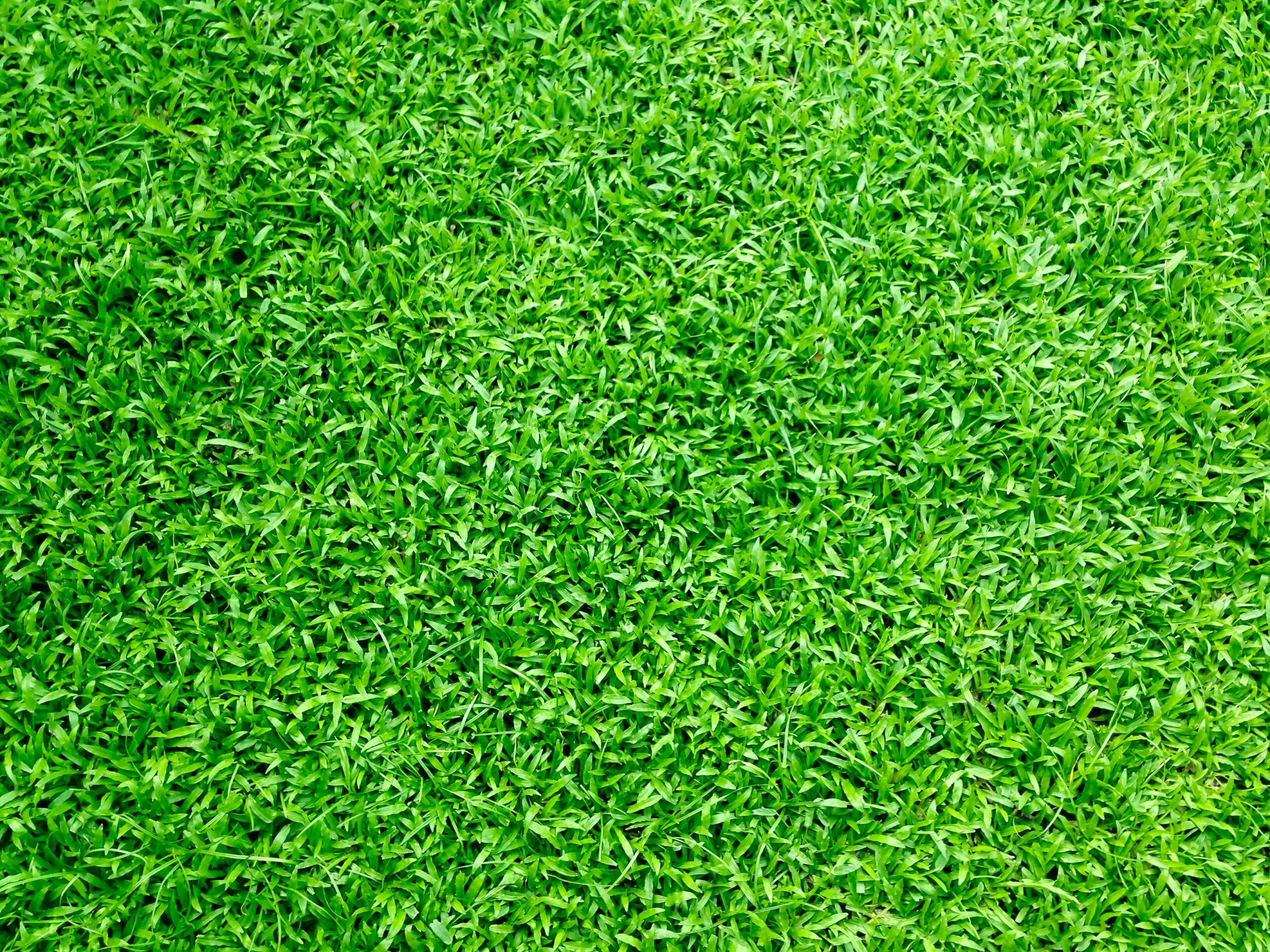Creating beautiful, durable driveways and paths doesn’t have to come at the expense of the environment. By incorporating reclaimed paving materials and recycled driveway options, homeowners can reduce their ecological footprint while adding unique character to their outdoor spaces. This article explores various eco-friendly hardscaping solutions that utilize salvaged and repurposed materials, offering practical advice for implementing sustainable paths and driveways that combine aesthetic appeal with environmental responsibility. From salvaged brick and stone to innovative composite materials made from waste products, these alternatives can transform your property while supporting conservation efforts.
The Environmental Benefits of Reclaimed Materials
When you choose reclaimed paving materials for your driveway or garden path, you’re making a significant contribution to environmental conservation. Traditional paving processes typically involve extensive mining, manufacturing, and transportation, all of which generate substantial carbon emissions. By contrast, using recycled driveway options dramatically reduces the energy required while preventing usable materials from ending up in landfills. Reclaimed brick, stone, and concrete can be repurposed with minimal processing, significantly lowering the carbon footprint of your hardscaping project. Additionally, many eco-friendly hardscaping materials offer superior drainage compared to conventional options, reducing runoff and allowing rainwater to return to the ground naturally. This contributes to healthier local ecosystems and can even help prevent flooding in areas prone to heavy rainfall.
Popular Reclaimed Materials for Paving Projects
Reclaimed brick stands as one of the most sought-after materials for creating sustainable paths with character. These weathered bricks bring a sense of history and warm aesthetics that new materials simply cannot replicate. Old brick factories, demolished buildings, and renovation projects often provide excellent sources for these materials. Salvaged stone offers another attractive option for eco-friendly hardscaping. Whether it’s granite curbing from street renovations, flagstone from demolished patios, or slate from old roofs, these materials can be repurposed into stunning driveway borders, stepping stones, or complete path systems. Even humble concrete can find new life through recycling. Concrete from demolition projects can be crushed and used as a base layer for new driveways or formed into permeable pavers that allow water infiltration, combining sustainability with practical drainage solutions.
Innovative Recycled Composite Materials
Modern manufacturing techniques have introduced exciting recycled driveway options that combine waste materials with binders to create durable, attractive paving products. Rubber pavers made from recycled tires offer a resilient, slip-resistant surface ideal for paths and play areas. These pavers absorb impact, making them safer in areas where falls might occur, while giving new purpose to materials that would otherwise contribute to environmental problems. Glass-infused concrete pavers incorporate recycled glass fragments, creating stunning visual effects while reducing waste. When sunlight hits these pavers, they can sparkle with distinctive character unavailable in traditional materials. Plastic-composite pavers represent another innovative approach to eco-friendly hardscaping, transforming post-consumer plastics into long-lasting, lightweight paving options that resist cracking and fading better than many conventional materials. As noted by experts at AskHomey, these innovative materials often come with the added benefit of being easier to install than traditional paving, potentially reducing labor costs for DIY homeowners.
Design Considerations for Reclaimed Material Projects
Creating successful driveways and paths with reclaimed paving materials requires thoughtful planning. Unlike new products with uniform dimensions and appearances, recycled materials often vary in size, color, and condition. This natural variation can be leveraged as a design feature, creating mosaic-like patterns and organic aesthetics that highlight the unique story behind your sustainable hardscaping. When designing with salvaged materials, consider how different elements will interact visually and functionally. Mixing materials—perhaps using reclaimed brick for borders with crushed recycled concrete as infill—can create interesting visual contrast while maximizing the use of available resources. For driveways that will support vehicles, proper base preparation remains essential regardless of surface material choice. Even the most eco-friendly pavers need appropriate substrate and drainage planning to ensure longevity and performance.
Sourcing and Installation Tips
Finding quality reclaimed paving materials requires research and patience. Architectural salvage yards, demolition companies, and online marketplaces specializing in building materials offer good starting points. Building relationships with local contractors can also provide inside information about upcoming demolition projects that might yield usable materials. When calculating quantities, always account for some waste, as reclaimed materials may have higher rejection rates than new products. For installation, consider whether your recycled driveway options require specialized techniques. Some materials might need additional cleaning, sorting, or preparation before use. Working with contractors experienced in sustainable paths and eco-friendly hardscaping can ensure your project achieves both environmental goals and structural integrity. Many professionals now specialize in green building techniques and can provide valuable guidance on making the most of reclaimed resources.
Maintenance Considerations for Sustainable Hardscaping
Maintaining driveways and paths made from reclaimed materials generally follows similar principles to conventional paving. Regular sweeping, occasional power washing, and prompt weed removal help preserve appearance and functionality. However, some recycled driveway options may have specific care requirements based on their composition. For instance, certain composite materials might be more sensitive to particular cleaning chemicals, while reclaimed stone might benefit from periodic resealing to protect its historic character. Understanding the specific needs of your chosen materials ensures they’ll continue to perform well while maintaining their unique aesthetic appeal for years to come. With proper care, sustainable hardscaping can often outlast conventional alternatives, further enhancing their environmental benefits through extended service life.
For more tips and to connect with reliable home service professionals, follow AskHomey on Facebook and Instagram.



